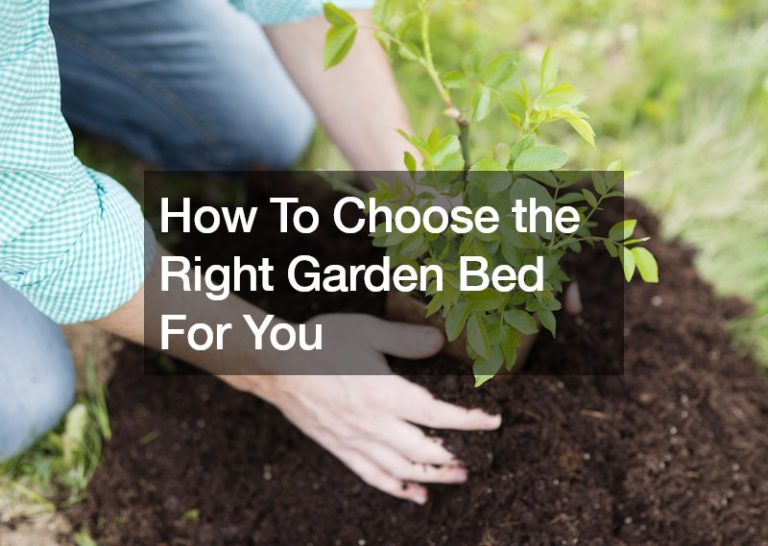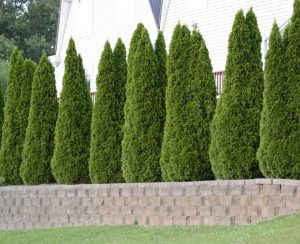Selecting the right garden bed involves several key considerations to ensure your gardening experience is both enjoyable and successful. To make the best choice, assess your available space, the types of plants you wish to grow, and your personal preferences.
First, evaluate the space where you plan to place your garden bed. Measure the area to determine the maximum dimensions of the bed that will fit comfortably.
Consider the amount of sunlight the spot receives, as different plants have varying light requirements. Ensure the location has good drainage to prevent water from pooling around the bed, which can lead to root rot.
Next, think about the types of plants you want to grow. Different plants have different root depths and space requirements. For instance, root vegetables like carrots and potatoes need deeper beds, while shallow-rooted plants like lettuce and herbs can thrive in shallower beds. Choose a bed depth that accommodates your chosen plants, typically ranging from 6 to 24 inches.
Material selection is also crucial. Common materials for garden beds include wood, metal, plastic, and composite. Wood beds are popular for their natural look and versatility but require treatment to resist rot. Metal beds are durable and can add a modern aesthetic but may heat up quickly. Plastic and composite beds offer longevity and resistance to weather and pests, though they may lack the natural appeal of wood.

Lastly, consider your budget and how much maintenance you’re willing to undertake. Some materials and designs may be more affordable upfront but require more upkeep over time, while others might be more expensive initially but are low maintenance.
By carefully considering space, plant types, materials, and budget, you can choose a garden bed that perfectly suits your needs, leading to a thriving and beautiful garden.











